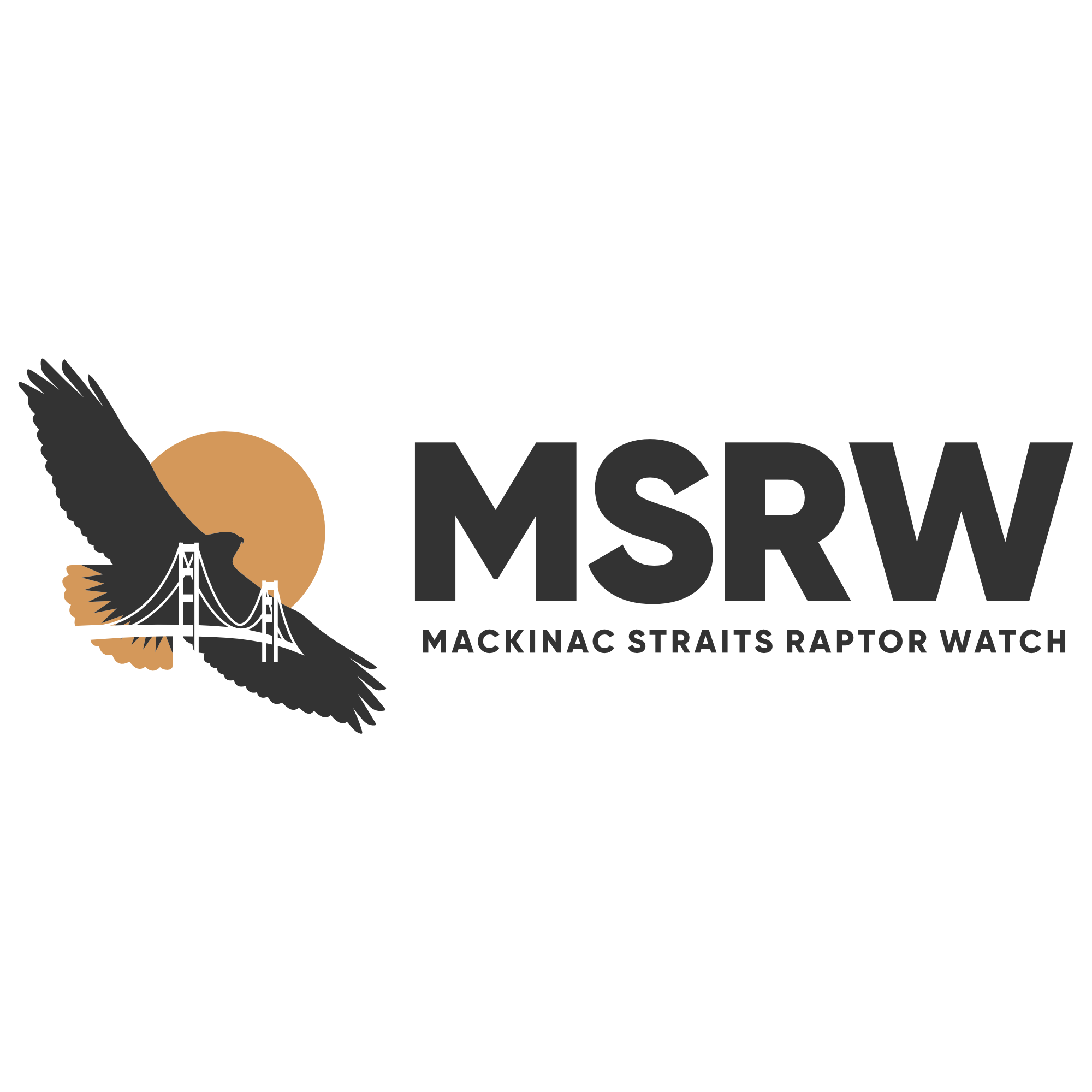If you have ever wondered what it’s like at the owl banding station, then this blog post is for you!
We like to start our night about 30 minutes before the sun sets- we spend this time opening our nets, performing maintenance duties such as fixing the net poles or pounding stakes securely into the ground, and setting up an audio lure specific for our target species, the Northern Saw-Whet Owl (NSWO). We check the temperature after all the nets have been opened, and we also record cloud cover and average wind speed. If precipitation and wind speed are high, we do not open the nets. There’s nothing worse than a wet owl hanging in a net that is moving with the wind! We usually finish those duties within 30 minutes; our first net check will be one hour from turning on the audio lure, and we will continue to check the nets every hour until sunrise. We finally close the nets for the “night” 30 minutes after sunrise.
So, what happens when we check the nets, and there happens to be an owl? Well, we untangle the owl carefully, being mindful of the wings and head, before depositing the owl into an empty Pringles can. This allows us to transport owls from the nets to the trailer, especially when we’ve caught a handful of owls at once. While the owl is still in the Pringles can, we weigh it- once the owl has been pulled out, we weigh the empty Pringles can. We use those two numbers to determine the weight of the owl. Weight is one of the two factors we can use to determine if a NSWO is a male or female. Next, we size, or ‘leg gauge’, the owl’s leg to determine which size band it will receive. Then, it’s banded! Following the banding of the bird, we measure wing cord and tail length. And finally, we look at the overall age of the primary and secondary feathers. If feather age does not look uniform, we will take a closer look under a blacklight and record the molt pattern. New feathers show up as a bright pinkish-red color, while older feathers look white, or have an almost faded appearance. Once we’ve aged the owl, it’s time to send them on their way! And hopefully that will be the last we see of them (for this season, at least).

Wrapping up the end of our third week, we had a couple of rainy and windy days. But with the turn of the weather over the weekend, we’ve been fortunate enough to see a few more owls! Since our last blog post on 03/26/2021, we’ve banded 13 owls.
Season Totals (March 26 through April 4):
Northern Saw-whet Owls: 73 (68 New, 5 recap)
Barred Owl: 1

